3D Graphics?
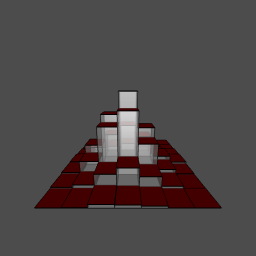
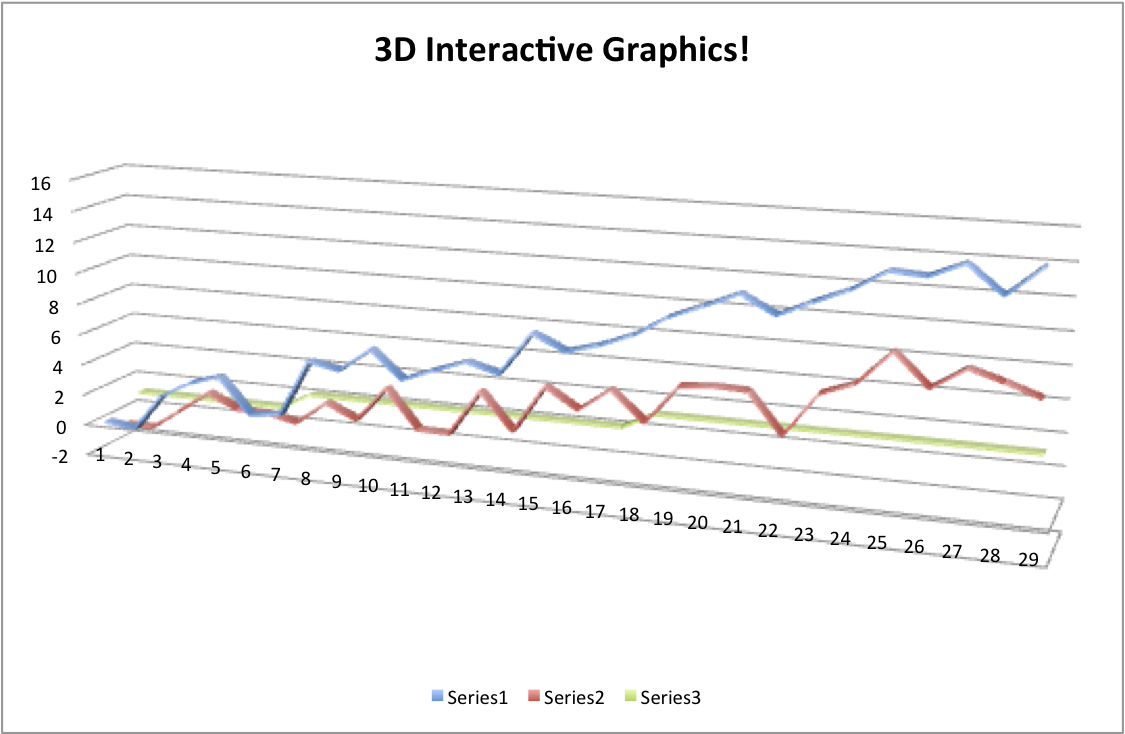
John Muschelli
knitr [Xie (2013)]slidify [Vaidyanathan (2012)]knitcitations [Boettiger (2013)]RStudio [RStudio (2013)]


3D figures can be created/exported easily
Standalone objects are needed for end-users/readers
Webpages are a good medium for these
We need to figure how to effectively incorporate into pipelines/publications
What kind of data do we have? * Structural MRIs * Functional MRIs * CT * DTI * EEG * PET * etc.
Visualization and presentation of these data can be improved with the use of 3D tools.
R - http://cran.r-project.org/Using image.nifti from oro.nifti [Whitcher, Schmid, and Thornton (2011)] package:
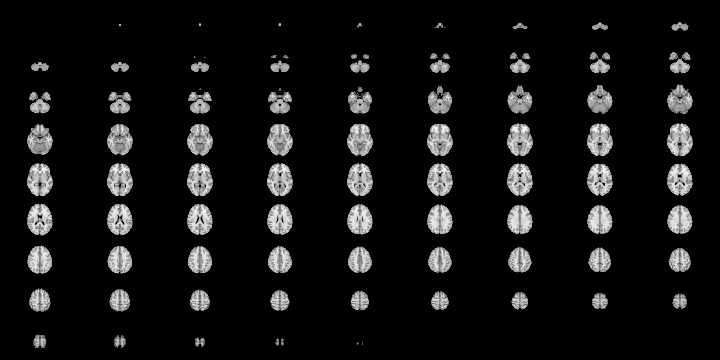
plot of chunk lightbox
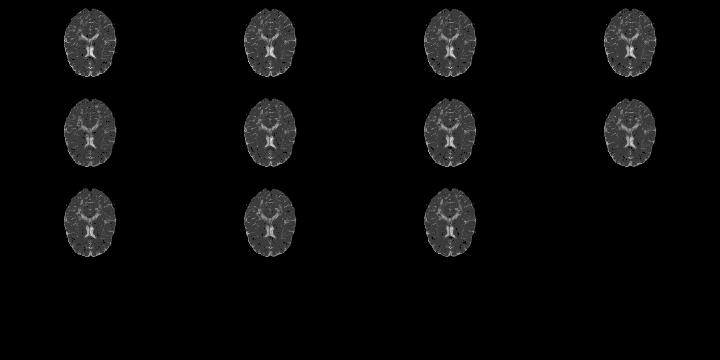
Overall, most methods keep temporal or 2D spatial components fixed and vary the other. Using orthographic from oro.nifti package:
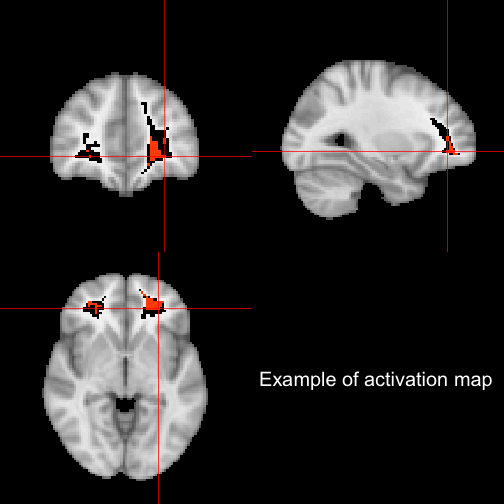
plot of chunk ortho
We do EDA/QC mainly only in 2D
Some investment in new software - how many languages is enough!?
"Nice picture, but where's the figure for the paper"
Software exists to embed 3D in PDF - but not as smooth for large data (See Levine JGCS paper for misc3d)
"Tradition!" [Stein, Jewison, Topol, et al. (1964)]
(Note - current figures do not have all these qualities )
Slicer)3D Slicer is a processing, analysis, and rendering tool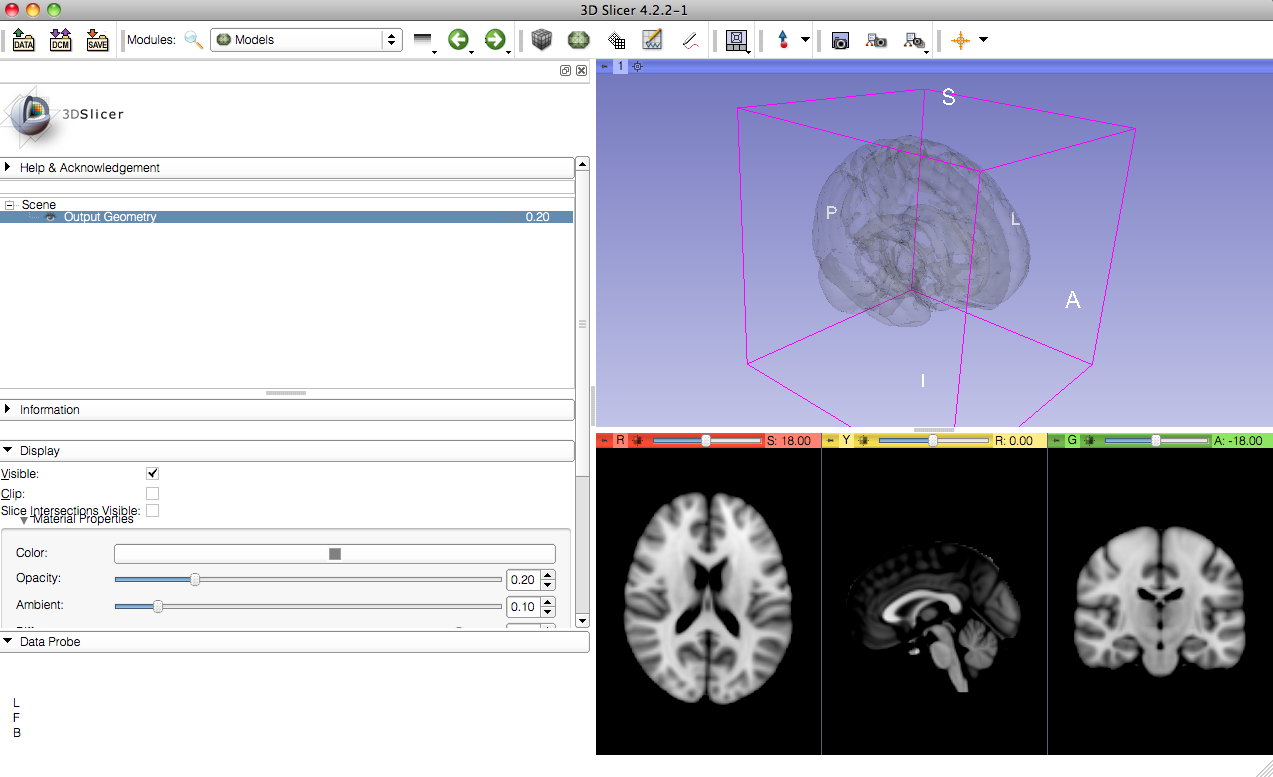 ---
---Motivating Example:
Thumbnails of clearance from Natalie
PythonR?RR?R adaptation of OpenGLplot3d, hist3d, text3d, etc.{r citet(bib["misc3d"])}] - add ons to this and allows for contourswriteWebGL - rgl function that allows you to write to webGLR? - Exampletmp <- readNIfTI(file.path(datadir, "MNI152_T1_2mm_brain.nii"), reorient=FALSE)
contour3d(template, x=1:dim(temp)[1], y=1:dim(temp)[2], z=1:dim(temp)[3], level = 3500, alpha = 0.15)
writeWebGL_split(dir=file.path(outdir, "webGL"), width=700, height=500, template= file.path(outdir, "my_template.html"))rglReal Life Example:
before 3D rendering - didn't notice misregistration
So RGL rendering is perfect, right?
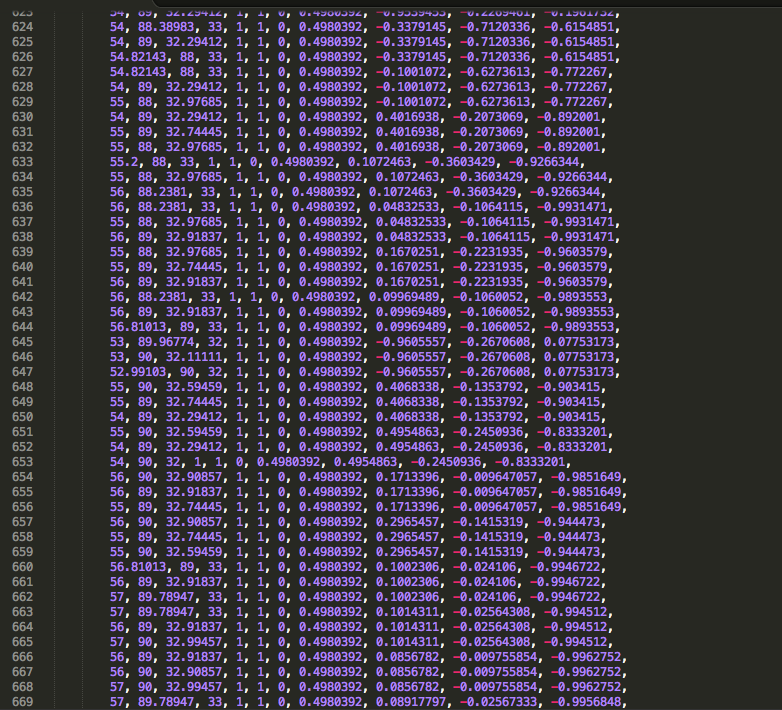
R!knitr is working - webgl hookshiny integration is possible, but slow depending on systemMeta-Interactive? Interactive control over interactive graphics
slidify works with it (used in this presentation)
Here are the steps. Need a structure 4D - over time or multiple ROIs
Functional brain imaging (e.g. fMRI, PET, EEG) data is a 4-dimensional time series representing changes in brain activity over time.
Structrual imaging (e.g. MPRAGE, DTI, CT) also has been increasingly more common to have a longitudinal component, where participants/subjects are scanned multiple times.
Visualization and presentation of these data can be improved with the use of 3D tools.
NEEDED: pictures of brains - a lot - DTI ex, MRI